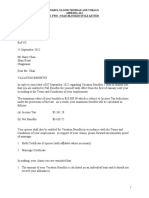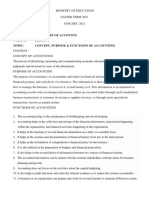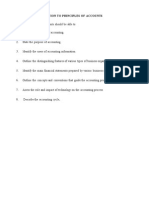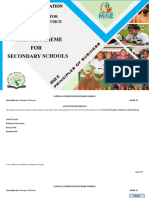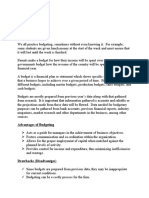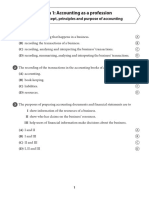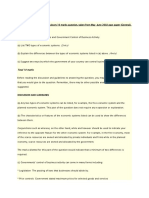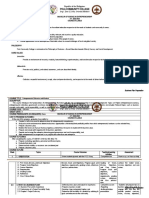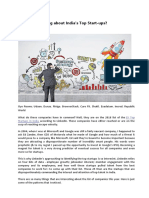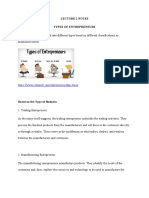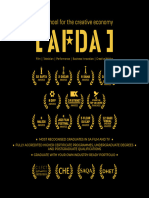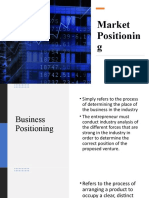0% found this document useful (0 votes)
65 views11 pagesPOB Notes
The document outlines the nature of business, including concepts like barter and money, various forms of business organizations, economic systems, and the roles of stakeholders. It also discusses management functions, leadership styles, conflict resolution strategies, and the importance of ethical practices in business operations. Additionally, it covers the entrepreneurial process, business planning, legal aspects of contracts, and the significance of documentation in business transactions.
Uploaded by
kiyomigillings738Copyright
© © All Rights Reserved
We take content rights seriously. If you suspect this is your content, claim it here.
Available Formats
Download as DOCX, PDF, TXT or read online on Scribd
0% found this document useful (0 votes)
65 views11 pagesPOB Notes
The document outlines the nature of business, including concepts like barter and money, various forms of business organizations, economic systems, and the roles of stakeholders. It also discusses management functions, leadership styles, conflict resolution strategies, and the importance of ethical practices in business operations. Additionally, it covers the entrepreneurial process, business planning, legal aspects of contracts, and the significance of documentation in business transactions.
Uploaded by
kiyomigillings738Copyright
© © All Rights Reserved
We take content rights seriously. If you suspect this is your content, claim it here.
Available Formats
Download as DOCX, PDF, TXT or read online on Scribd
/ 11

















